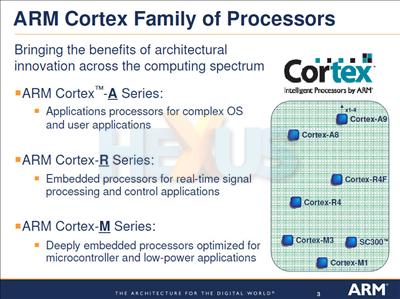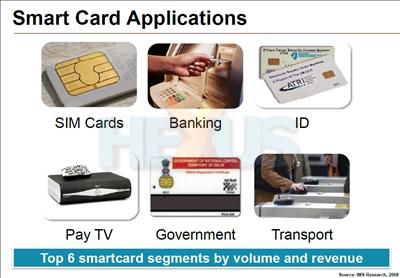Down the processor food chain
To date, when writing about UK low-power chip designer ARM, HEXUS.channel has primarily focused on the Cortex A family, as they are its most powerful processor designs and the ones poised to go toe-to-toe with Intel in both smartphones and mini-notebooks. But with ever-smaller devices now becoming ‘smart', it's also worth looking a bit further down the processor food chain.
ARM's naming scheme subdivides its designs into the ‘A', ‘R' and ‘M' families (hell of a coincidence - Ed). A stands for application - i.e. the application processor in phones - R stands for realtime, and refers to processors where it's not so much processing power as response time that is paramount, like the radio on your phone or breaking systems in cars.
M stands for microcontroller. These are the smallest and lowest power of ARM's designs. While they won't run a phone or PC, they can bring a surprising amount of computing power to tiny, embedded applications like SIM cards or the increasingly ubiquitous chip on things like ID cards, credit cards, etc, collectively known as smartcards.
Here's a slide from a year ago, showing a breakdown of the Cortex families and a second one showing the top six applications of smartcards.











